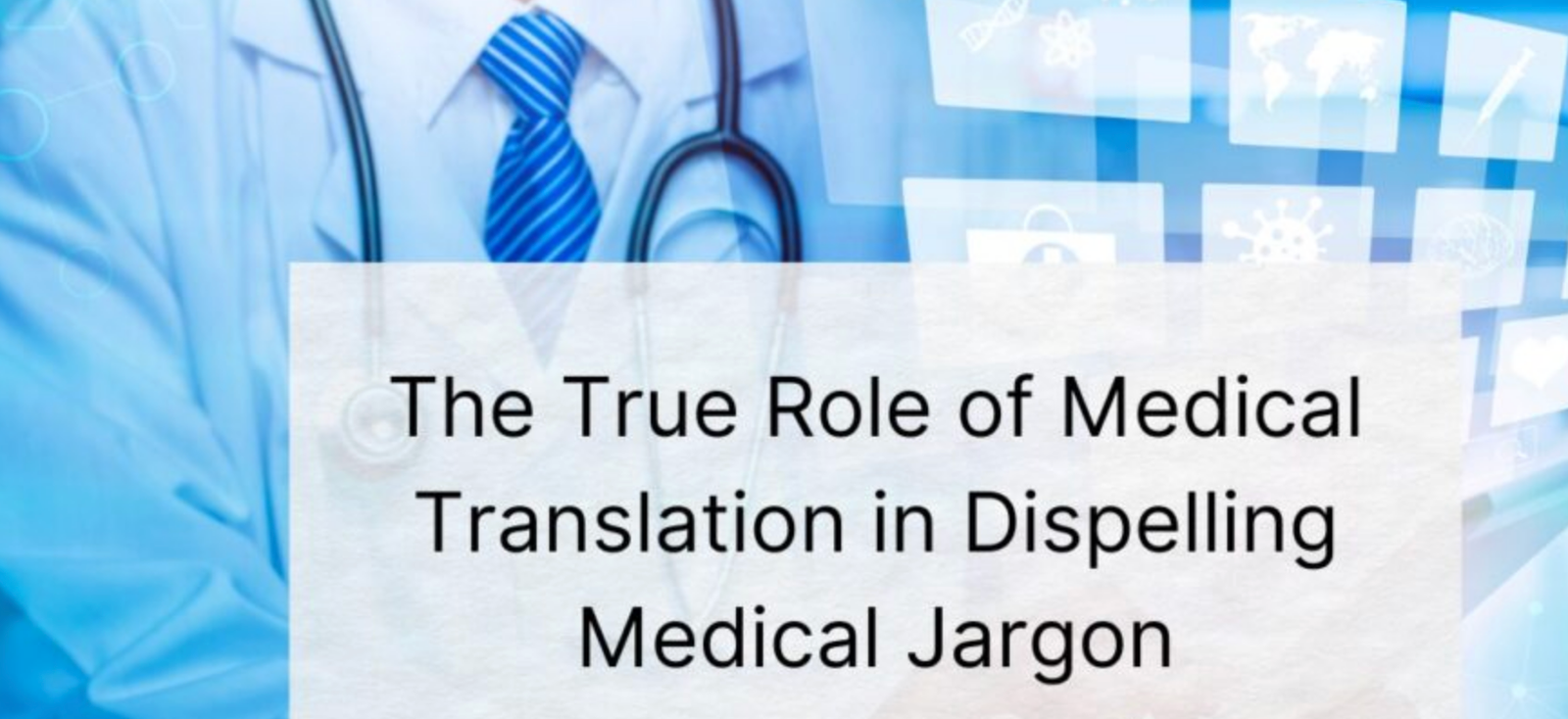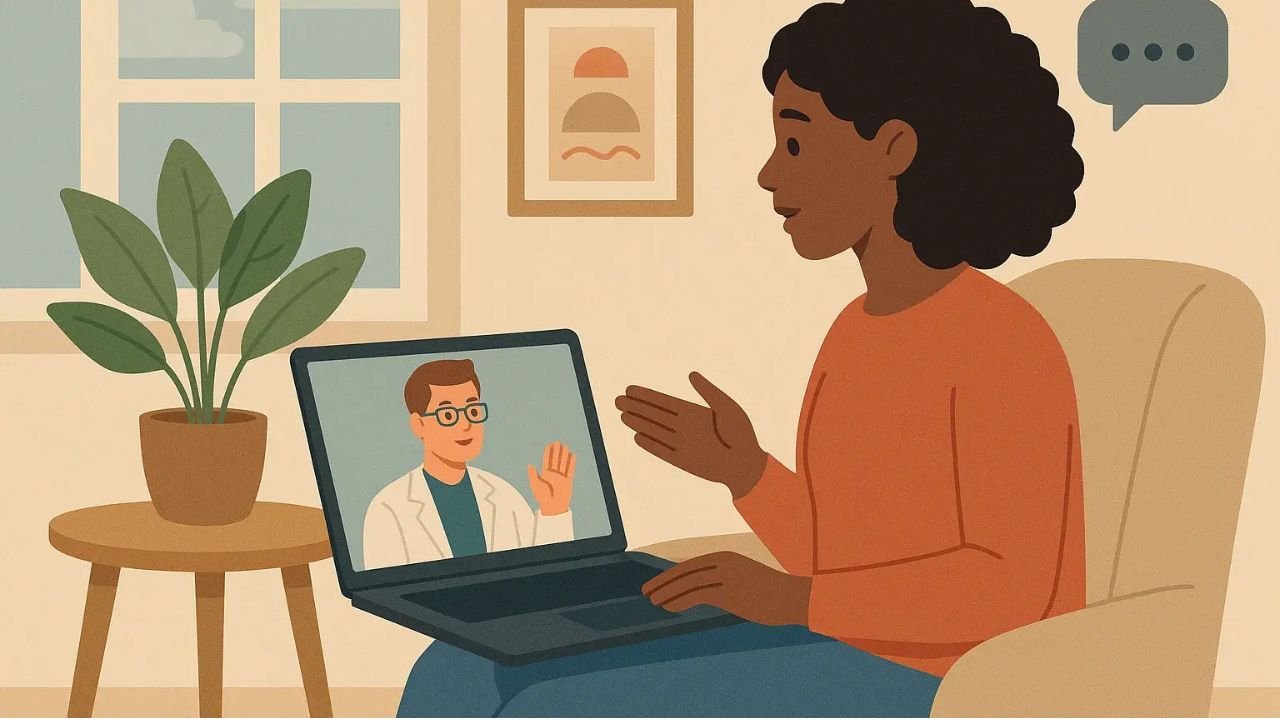Modern global society demands highly precise and efficient medical content translation at unprecedented levels. Medical content translation abilities prove essential for both healthcare professionals and research workers and patients who need to work across linguistic boundaries. Medical institutions proved to the public that unapproved medical information might cause fatal results. Conducting this process represents a severe situation.
Medical translation needs translators to have complete competence in medical terminology. The sender needs to understand cultural indicators and language specificities when approaching such situations. This piece examines approaches to enhance accurate medical content translation operations for better effectiveness of services.
Understand The Source Material
To enhance medical content translation successfully the translator needs to achieve complete comprehension of the original medical documentation. Translation success depends heavily on mastering all medical jargon along with specific terminology and acronyms. Exact translations of medical phrases such as “electroencephalogram” and “magnetic resonance imaging” and “intravenous therapy” must be provided because these terms have specific meanings. The lack of knowledge about these terms by an inexperienced translator can result in serious medical translation errors.
The correct interpretation requires knowledge of where the original material appears within its environment. Medical literature requires specialized knowledge since it deals with technical medical subject matter. A translator who understands medical topics along with various medical specialities will create better translations through their knowledge base.
Use Accurate Medical Terminology
A correct application of medical terminology stands essential for developing pharmaceutical content that combines precise communication with clarity. Medical terminology demands specific terms which need detailed translation treatment. The accuracy of medical translation requires medical professionals to express themselves through specialized terms and abbreviations which must be identical to their English medical counterparts.
Rephrasing medical information with general expressions or simple terms helps medical translations reach broader understanding. The translation of “hypertension” into “high blood pressure” may create confusion because “high blood pressure” can stem from various factors while “hypertension” identifies a precise medical disease. The utilization of exact medical terms guarantees that the translated content remains both easy to understand and accurate as well as consistently precise.
Proper medical translation depends on mangling original content without distorting its meaning. The use of original forms and delivery methods in the translated content should replicate those found within the original materials. A medical report needs formal and official language while patient leaflets should maintain simple wording that patients can easily grasp. A divergent translation sound will confuse readers and reduce its usefulness. Every pharma translation service needs consistent execution to guarantee accurate delivery of original information.
Staying Up-To-Date With Medical Terminology
Medical advancements introduce new terms and concepts into the field at all times. Medical translators need to maintain their expertise on continuous medical language changes to achieve professional success. Medical translators stay updated through class attendance and participation in meetings focused on recent medical terms and concepts. Medical translators benefit from joining groups composed of experienced translators for mutual sharing of information and collaboration. The translation of Medical Devices IFUs allows for better doctor-patient communication because it maintains relevancy.
The Integration Of Professional Medical Translators During Work
Professional medical translators should assist with the translation of medical content. Medical translators who specialize in specific medical sectors demonstrate both speed and quality performance in delivering their work. Specialists in their medical field understand all the precise language components which helps them translate complex medical contents. The understanding of specific medical terms used in cardiology possessed by specialist medical translators surpasses what an ordinary translator would typically know. Medical specialists who perform translation work ensure both accuracy and readability for patient and healthcare specialist audiences.
Using Translation Software And Tools
Healthcare facilities implement translation tools together with software to obtain more precise and efficient medical communication. These tools serve as effective translation assistants that assist in converting medical documentation and patient-staff dialogue between staff members with language differences.
The translation memory software maintains a database of previous translations which enables healthcare professionals to work faster and generate uniform IFU translations. Partial document translation programs called “translation management” unite all documents through consistent technical terms to prevent confusion and errors. Through these tools healthcare professionals detect translation errors as well as inconsistent spots which helps eliminate misunderstandings while saving costs.
Conclusion
Professional translation skills for medical materials exist only among a few individuals. Years of professional experience are needed to establish proper expertise and abilities for someone to qualify as a professional translator.
This article presents multiple methods for professionals to handle medical content translation and enhancement. Multiple techniques can improve your content quality according to this section. Medical content translation depends on a combination of particular methods to reach its improved state.



